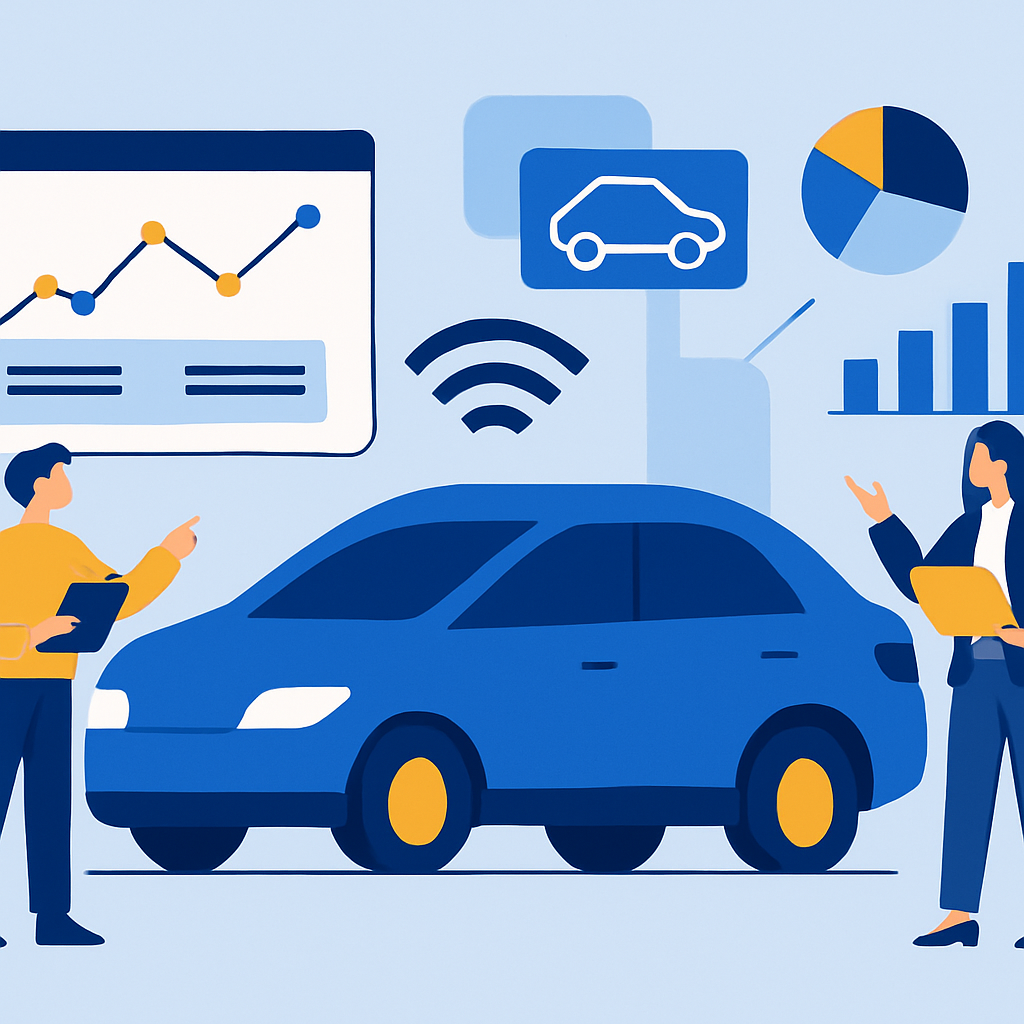
Driving Innovation with Connected Vehicle Platforms: A Strategic Guide for Executives
Connected vehicle platforms are reshaping the automotive industry by integrating advanced telematics, cloud computing, and AI-driven insights into every aspect of mobility. For C-level executives and IT decision-makers, these platforms represent more than just a technological upgrade—they are a strategic enabler for competitive advantage and sustainable growth.
Understanding Connected Vehicle Platforms
At their core, connected vehicle platforms unify data from vehicles, infrastructure, and cloud services to deliver intelligent, real-time experiences. They enable capabilities such as predictive maintenance, autonomous driving support, fleet optimization, and enhanced customer engagement. The combination of IoT sensors, 5G connectivity, and AI analytics allows automotive companies to move from reactive service models to proactive, value-driven ecosystems.
Strategic Benefits for Enterprises
Executives exploring connected vehicle initiatives should consider several high-impact benefits:
- Operational Efficiency: Real-time monitoring and diagnostics reduce downtime and optimize fleet usage.
- New Revenue Streams: Subscription-based services, usage-based insurance, and personalized infotainment offerings.
- Safety Enhancements: AI-powered driver assistance systems and predictive hazard detection.
- Customer Experience: Seamless integration with digital services for navigation, entertainment, and support.
Key Technologies Driving Transformation
To realize the full potential of connected vehicles, organizations should invest in core enabling technologies:
- Artificial Intelligence: AI algorithms power predictive maintenance, driver behavior analysis, and autonomous navigation. Explore our AI Solutions to learn how to embed intelligence into your connected vehicle strategy.
- Data Analytics: Large volumes of sensor and usage data require robust analytics capabilities to extract actionable insights. Our Data Analytics services can help transform raw data into strategic decisions.
- Digital Transformation: Connected vehicle initiatives are part of broader enterprise modernization efforts. See how our Digital Transformation offerings align technology with business objectives.
Practical Guidance for Implementation
While the opportunities are significant, successful implementation requires careful planning and governance:
- Define Strategic Objectives: Align connected vehicle goals with your corporate vision to ensure ROI and relevance.
- Establish Data Governance: Create clear policies for data ownership, privacy, and compliance, leveraging AI Governance frameworks.
- Integrate Security: Protect vehicles and data from cyber threats with comprehensive Security Services.
- Leverage Cloud Infrastructure: Utilize scalable cloud platforms for data storage, processing, and integration with enterprise systems.
- Iterate and Innovate: Use agile methodologies to pilot new features, gather feedback, and continuously improve.
Industry Applications
Different sectors can tailor connected vehicle capabilities to their needs:
- Automotive: Enhanced vehicle diagnostics, over-the-air updates, and driver personalization (Automotive sector insights).
- Energy: Fleet electrification and smart charging coordination (Energy Sector solutions).
- Manufacturing: Supply chain visibility and logistics optimization (Manufacturing applications).
Measuring ROI
Executives should track performance metrics such as operational cost savings, customer satisfaction scores, and new service revenue. Tools like our Digital Transformation ROI Calculator can help quantify the impact of connected vehicle investments.
Conclusion
Connected vehicle platforms are a catalyst for innovation, enabling enterprises to deliver safer, smarter, and more personalized mobility experiences. By strategically integrating AI, data analytics, and digital transformation initiatives, C-level leaders can position their organizations at the forefront of the mobility revolution. The future of transportation is connected, intelligent, and full of opportunity—now is the time to accelerate your journey.


